To the north end of the moor, where the moor drops steeply down towards the village of Ben Rhydding are two millstone grit rock climbing areas: Rocky Valley and Ilkley Quarry. Ilkley Quarry is the site of the famous "Cow and Calf", a large rock formation consisting of an outcrop and boulder, also known as Hangingstone Rocks. The rocks are made of millstone grit, a variety of sandstone, and are so named because one is large, with the smaller one sitting close to it, like a cow and calf. Legend has it that there was once also a "bull", but that was quarried for stone during the spa town boom Ilkley was part of in the 19th century. However, none of the local historians has provided any evidence of the Bull's existence.
According to local legend, the Calf was split from the Cow when the giant Rombald was fleeing an enemy, and stamped on the rock as he leapt across the valley. The enemy, it is said, was his angry wife. She dropped the stones held in her skirt to form the local rock formation The Skirtful of Stones. The name of the giant Rombald is likely to be a retrovention, due to the name of the entire 'Rombalds Moor', which is most likely to derive its title from the de Rommilles, who held the honour of Skipton in the thirteenth century.
July 2006 saw a major fire on the moor which left between a quarter and half of it destroyed. Located on the Woodhouse Crag, on the Northern edge of Ilkley Moor there is a swastika-shaped pattern engraved in a stone, known as the Swastika Stone This stone is, however, just one of a great abundance of carved rocks on the moor, well known others include the 'Badger Stone' and 'St. Margaret's Stones'. These are earthfast boulders, large flat slabs or prominent rocks that have cups, rings and grooves cut into them and thought to date from either the late Neolithic or the Bronze Age. While some carvings consist of simple cups, others such as the Badger Stone, Hanging Stones and the Panorama Rocks have complex series of patterns (or motifs) combining many different elements. Indeed Rombalds Moor can boast the second highest concentration of ancient carved stones in Europe, with carving as far away as Skipton Moor. There is also a small stone circle known as 'The Twelve Apostles' which I visited at the end of the walk.
The edges of the moor.

Heather in bloom

View of the whole of Ilkley (Rombalds) Moor taken from Askwith.

Views over to the Cow & Calf
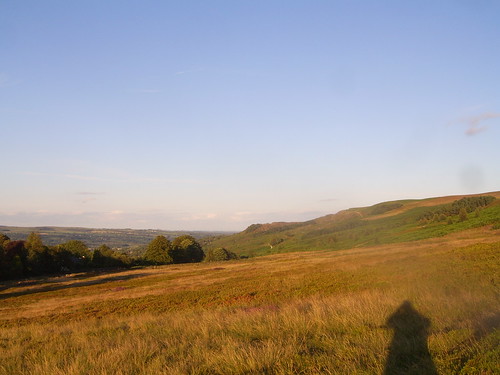

The Swastika Stone

Heber Ghyll Reservoir and the Cow & Calf in the distance.
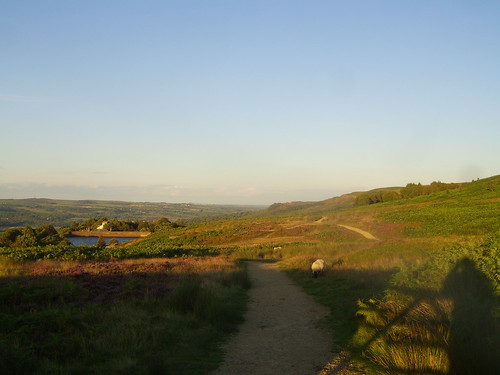
Photo that appeared on Look North weather the following night after I had emailed it to the programme.

View up Wharfedale.
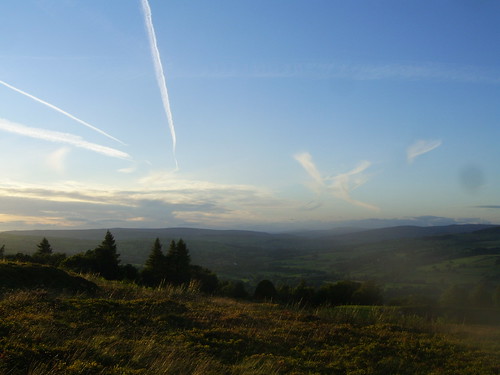
More heather.
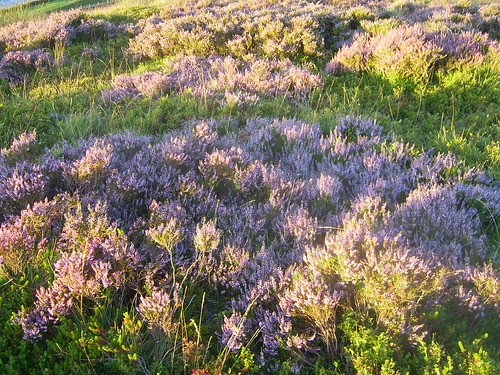
White Wells, one of the spas that made Ilkley famous.

The moon appearing over the moor.
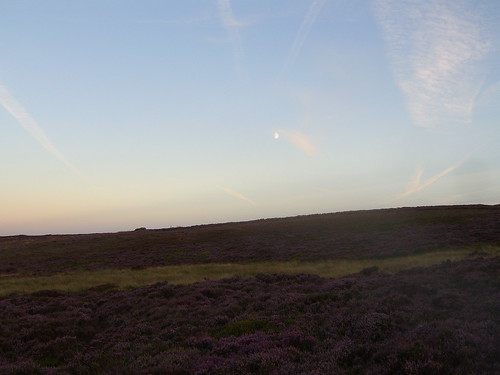

Sunset to the west.
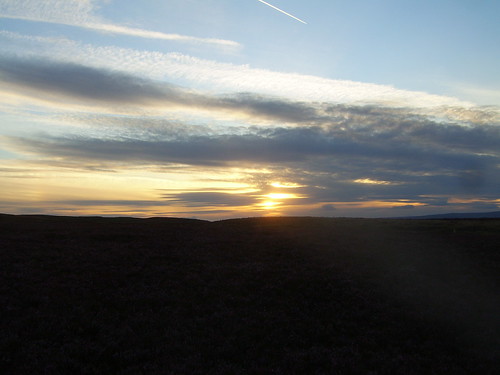
The moon and jet trails.
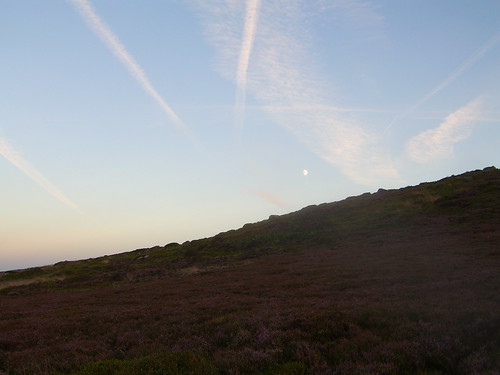
The Twelve Apostles Circle.


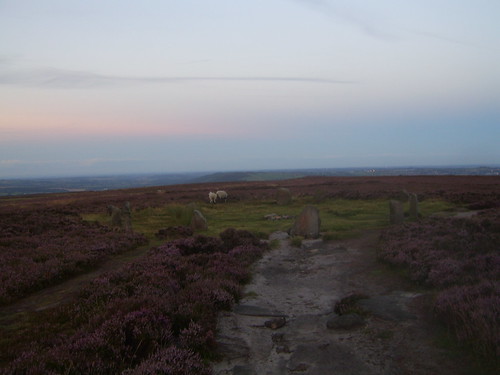

New footpaths being laid on the moor.
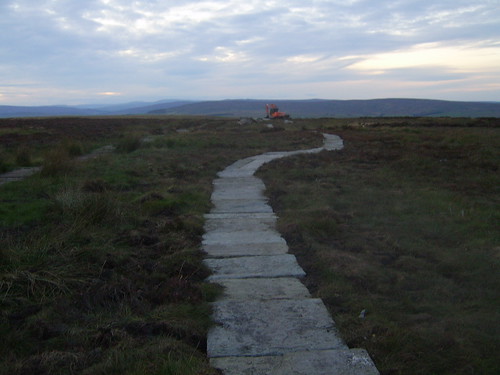
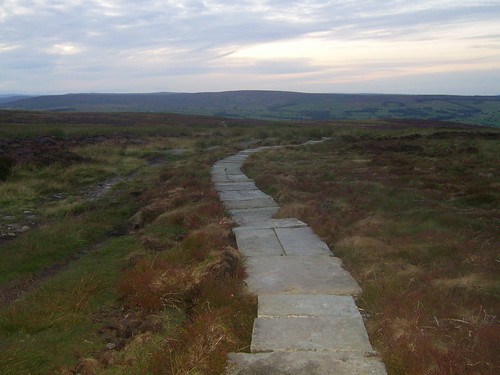

No comments:
Post a Comment